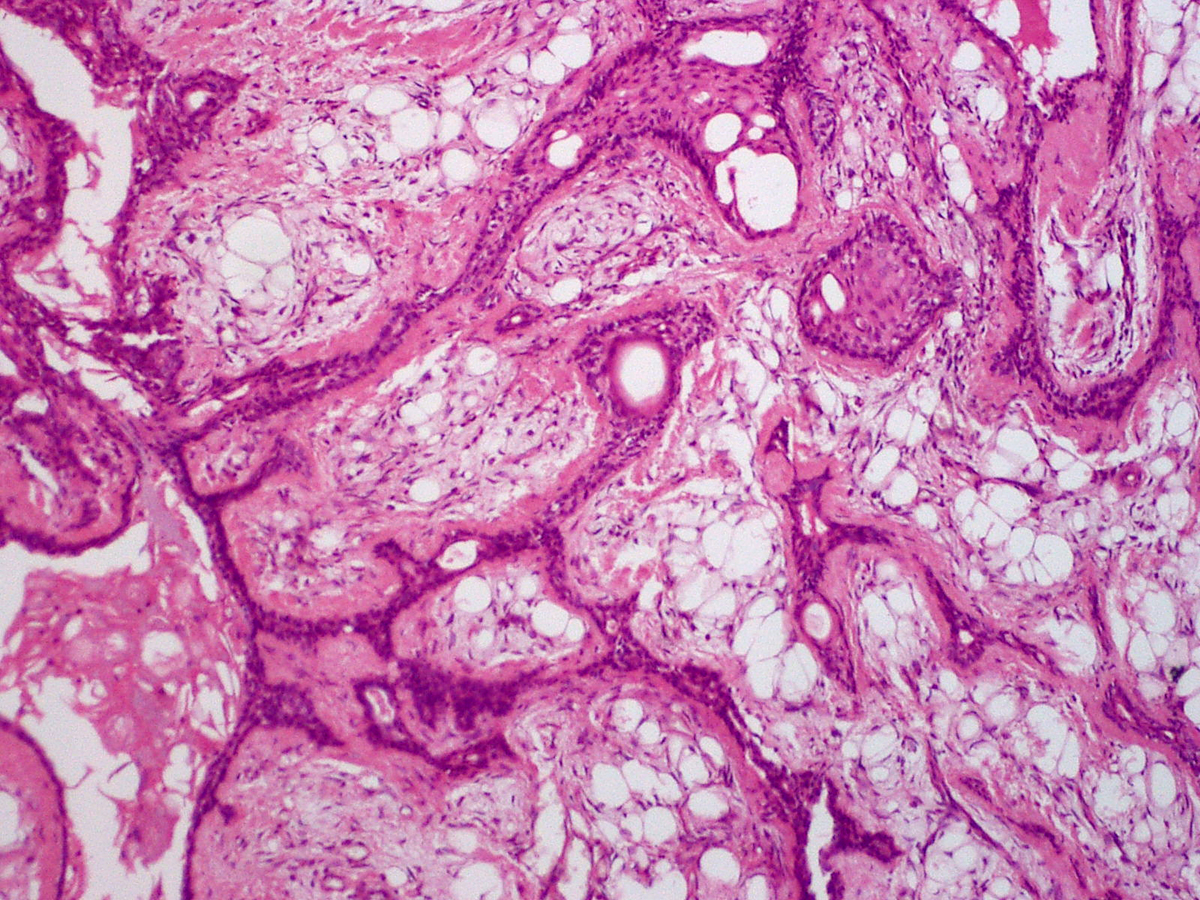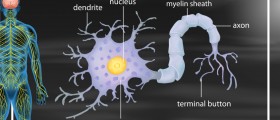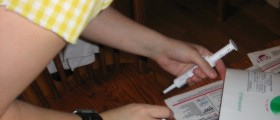
Tuberous Sclerosis Complex
Tuberous sclerosis complex is an extremely rare genetic disorder that affects many organs and organ systems in the body. It features with the growth of many benign tumors which may affect each and every part of the body. They are found in the skin, brain, kidneys and so on. The very presence of the tumors has huge influence on the function of the affected organ. Apart from structural changes these patients also suffer from cognitive and behavioral problems, seizures and developmental delay.
Doctors who examine the patient suffering from tuberous sclerosis will encounter with specific changes on the skin. The skin is covered with light-colored patches, areas of elevated and thickened skin and sometimes growths under fingernails. In children facial skin may be covered in angiofibromas.
Symptoms and Signs of Tuberous Sclerosis
The leading symptom includes formation of benign tumors all over the body.
Skin is affected in almost 96% of all patients suffering from tuberous sclerosis complex. Skin changes can be rather helpful in setting of the diagnosis. The most common changes are facial angiofibromas. Apart from them patients also develop tiny tumors under or around fingernails and toenails. These tumors are called Koenen's tumors. Koenen's tumors require surgical removal in case they cause bleeding or grow rapidly. Another skin changes related to tuberous sclerosis are hypomelanic macules. They represent lighter or even white patches of the skin caused by the absence of melanin. In some patients forehead plagues may form. They are actually discolored areas of the skin. And finally, another form of patches are so called Shagreen patches which are thick and resemble orange peel.
If tumors affect the brain a child may have learning difficulties and some children develop autism. Behavioral outbursts are common as well. These children usually develop one of the following brain tumors: giant cell astrocytoma, cortical tubers and sub-ependymal nodules.
In case the kidneys are affected patients suffer from hematuria and some of them may experience life-threatening bleeding. The bleeding can be spontaneous or induced by trauma or injury. The kidneys can be also affected by cysts and in rather rare cases renal cell carcinoma or oncocytoma develops.
Some of the lung tissue can be replaced with multiple cysts. This can significantly interfere in lung function and cause difficulties with breathing. In some cases, the heart can be affected by benign tumors. They may cause arrhythmia, murmurs or obstruction. These tumors can be easily visualized by echosonography.
And finally, even eyes may be affected. Retinal lesions as well as non-retinal lesions such as coloboma, angiofibromas of the eyelids and papilledema most commonly affect children suffering from tuberous sclerosis complex.
Treatment for Tuberous Sclerosis Complex
Since the disease is genetic and occurs due to mutations in specific genes there is no definitive cure for tuberous sclerosis. However, patients may benefit from conservative treatment or even surgical removal of the tumors.

















Your thoughts on this
Loading...